How Fast Do Birds Fly? What The Science Tells Us
Last Updated on
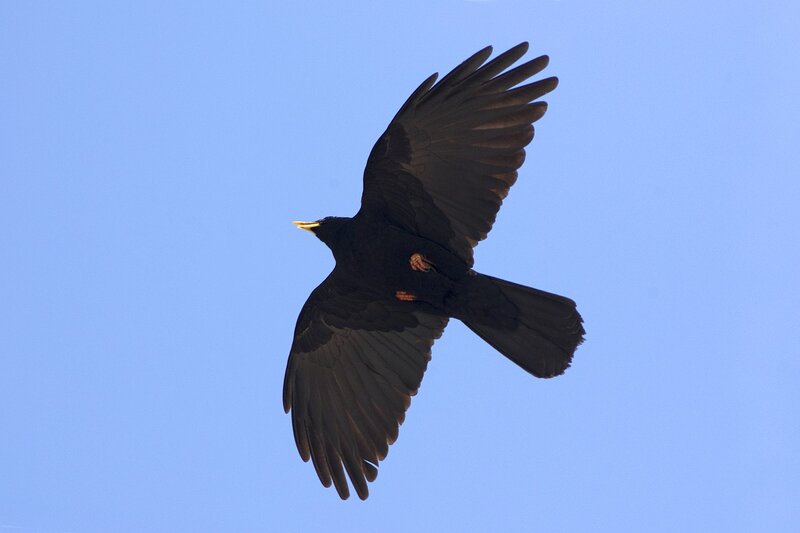
With an approximate estimation of 9,700 species of birds1 known to man worldwide, the question about how fast birds fly is a broad one. From the slowest moving as little as 5 miles per hour to the quickest reaching tops speeds of 250 miles per hour, birds fly fast, slow, and at every speed in between.
In this article, we aim to be a little more specific when answering this question. Let’s start things off with some excitement and look at some of the fastest birds in the world.
The 10 Fastest Birds in the World
1. Peregrine Falcon
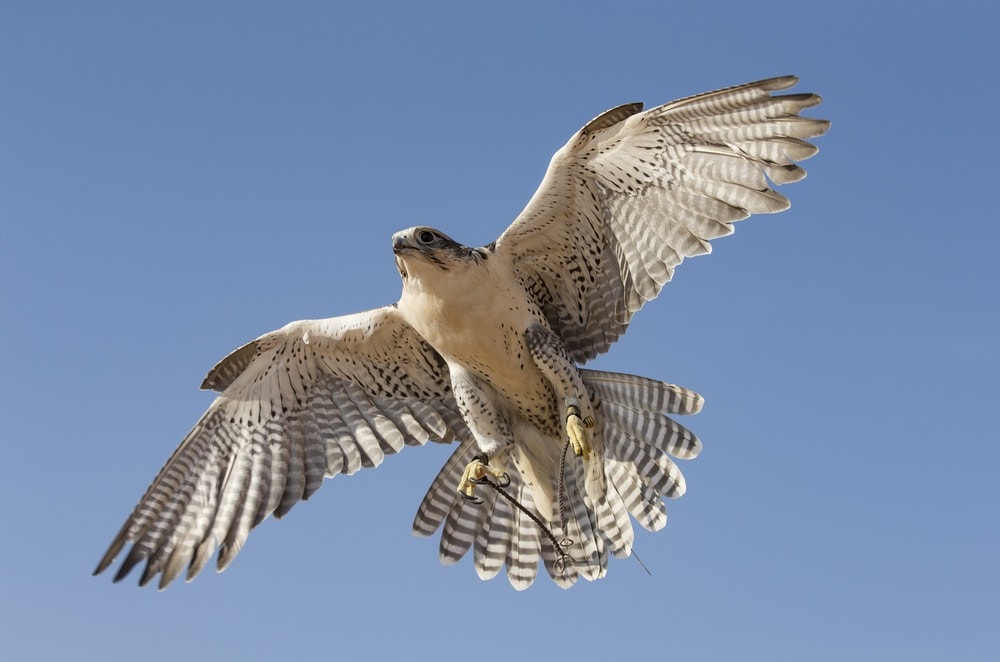
The Peregrine Falcon is easily the fastest creature on the planet—at least out of the water. This dive bomber clocks a staggering 242 miles per hour! The Peregrine Falcon has 22 subspecies and can be found on every continent except Antarctica and New Zealand.
2. Eurasian Hobby

Here is another truly impressive falcon. The Eurasian Hobby is another high-speed bird family member, with the fastest timed speeds reaching 125 miles per hour. These predatory birds are not only quick, but they are also beautiful.
3. White-Throated Needletail

The unique silhouette of the White-Throated Needletail can be spotted across Southern Siberia, Asia, and Australia. This bird might be a little smaller than an eagle, but it is not slow either. Their speeds clock in at an astounding 105 miles per hour.
4. Golden Eagle
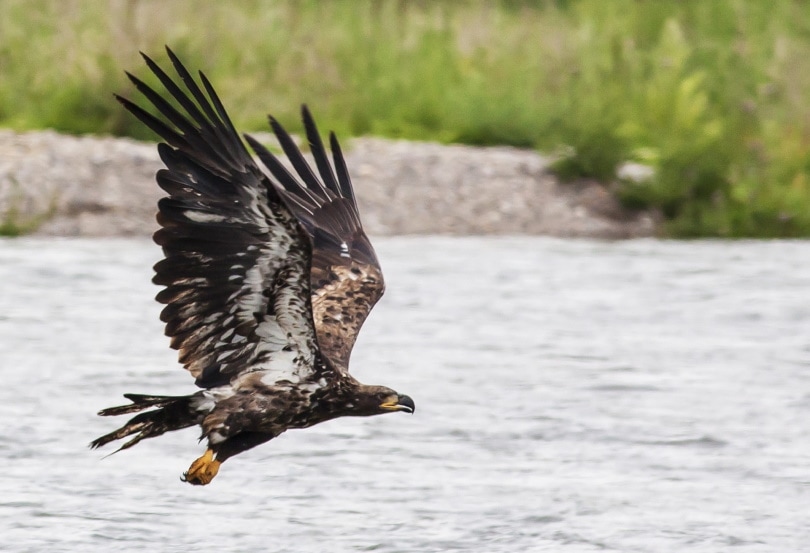
The massive and equally fast Golden Eagle is the most widely-dispersed eagle and is found all over the Northern Hemisphere. Golden Eagles are known for being capable of hunting larger prey than their smaller cousins, and at 98 miles per hour, they have the speed to back up the brawn. These eagles are truly impressive creatures.
5. Frigatebird
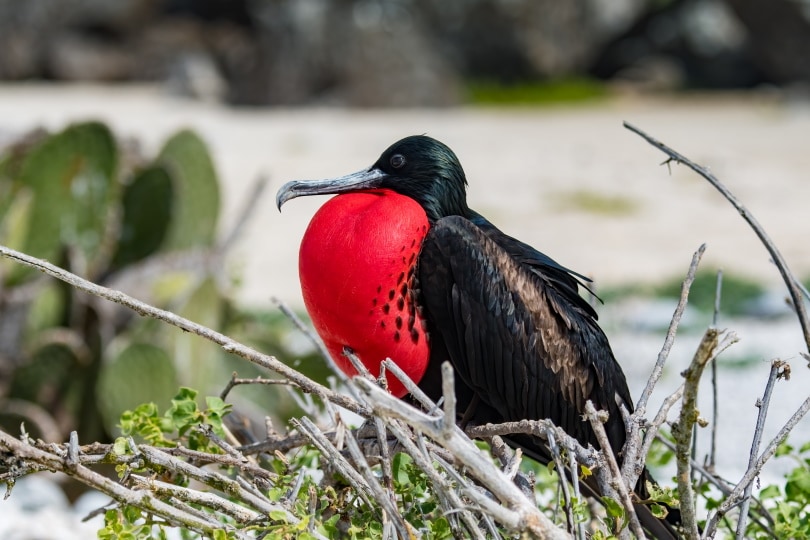
Frigatebirds are seabirds and are named after the ships from where they were spotted about 200 years ago. These ocean-going birds can hustle at 95 miles per hour, but they also exhibit other unique flying traits: they spend months in the air and can even sleep while gliding. They use half of their brain on autopilot while the other half sleeps.
6. Spur-Winged Goose

The Spur-Winged Goose is a speedy member of the goose and shelduck family and is found in the wetlands of Sub-Saharan Africa. At 88 miles per hour, this bird shatters the fat, lazy goose stereotype. Sadly, they are still not fast enough—the Spur-Winged Goose is endangered since they are hunted without regulation.
7. Pigeon (Rock Dove)

The Rock Dove is a bird we take for granted because of our proximity to them in urban areas. If you look closely, your standard pigeon is a beautiful bird with a color scheme that almost looks holographic. At 91 miles per hour, these birds are fast. Don’t be so quick to disregard the common pigeon as some kind of bottom feeder. They are perfectly respectable birds!
8. Red-Breasted Merganser

Here is a funny-looking duck that can move fast and fly far. The Red-Breasted Merganser is identifiable by its unique, shaggy-looking head. It is quite possibly the scruffiest looking duck you have ever seen. While it may look peculiar, when it comes to speed, this duck is no joke and can fly up to 80 miles per hour. While these birds reside in the Arctic, they migrate to coastal areas further south during the winter.
9. Gray-Headed Albatross

Bearing a striking resemblance to a seagull, the Gray-Headed Albatross is another very quick seabird moving at 78 miles per hour. There are a few differences between the two seabirds such as. Albatrosses are larger and have evolved to remove the salt from their feed as they primarily live over the sea, whereas seagulls inhabit the coast and can’t remove the salt.
10. Anna’s Hummingbird
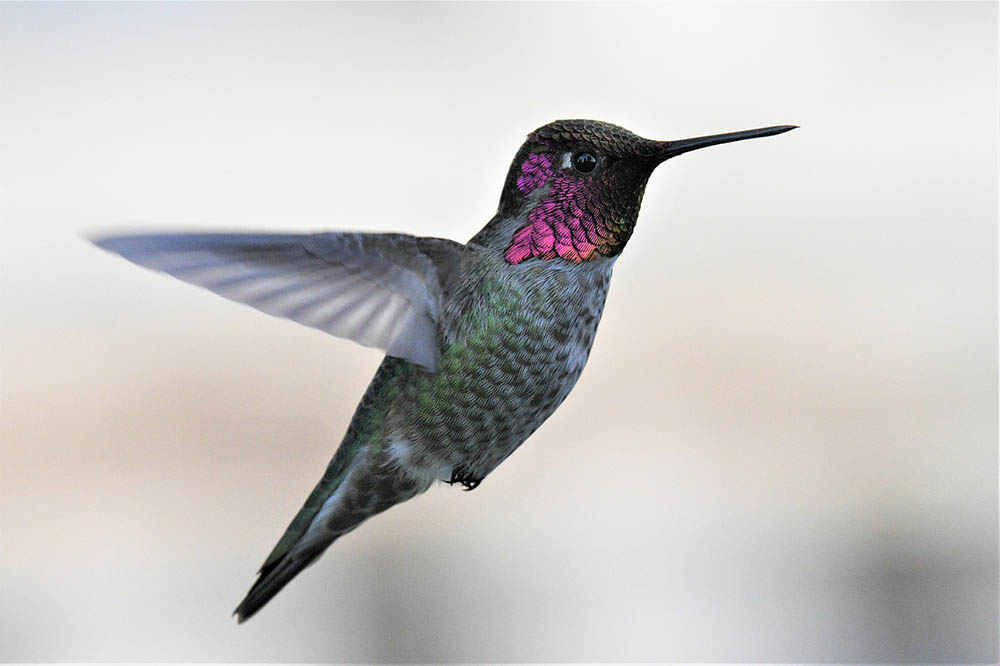
With its pink head and bronze-gray back, Anna’s Hummingbirds are quite possibly one of the prettiest birds and are found up and down the coasts of North America. Clocking in at a very respectable 40 miles per hour during their courtship dives, this medium-sized hummingbird might be the fastest bird pound for pound.
What Is the Slowest Flying Bird in the World?
The avian family has an incredible range of speed. While we’ve covered many of the fastest birds, one species is the slowest flier in the world.
The American Woodcock is a plump little shorebird with a long beak designed for probing the earth in search of its favorite meal: the earthworm. These little birds hide among the grass perfectly with their mottled brown plumage and have eyes positioned so high up on the side of their heads that they almost look like they have eyes on the back of their heads. That might be a useful trait because it might be safer to look backward than forward with a top speed coming in at only 5 miles per hour.
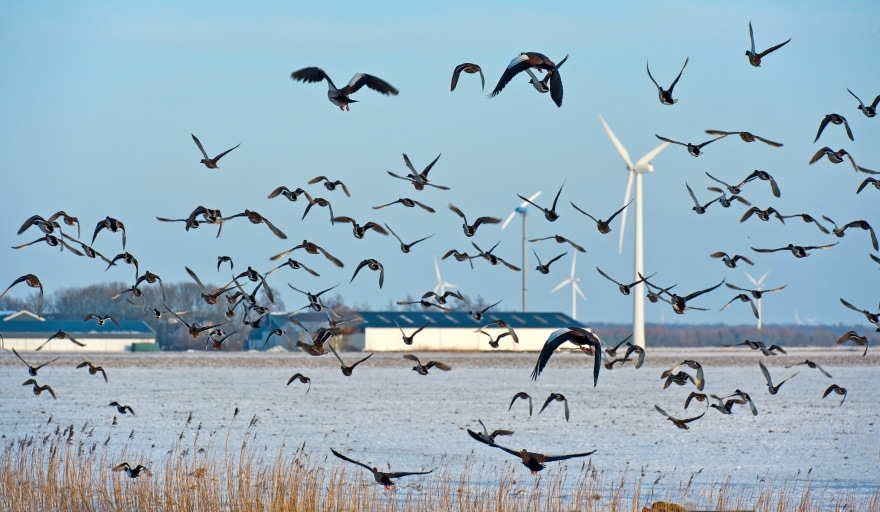
Which Birds Can Fly Backwards?
Believe it or not, some hummingbirds can fly backward. These birds are known for their omnidirectional capabilities, which they demonstrate effortlessly outside so many homes at people’s bird feeders. Whether they are moving up, down, forwards, or backward, hummingbirds can do it all.
How High Can Birds Fly?
Flying at high altitudes requires a lot of energy, so most birds who aren’t migrating will stick to altitudes below 500 feet. That height is far from how high birds are capable of flying, though. The Asian Goose migrates over the highest points on the planet, like the Himalayas. This requires the geese to fly up to 30,000 feet, where there is about a quarter of the amount of oxygen in the air than at sea level. To make this journey, the Asian Goose has evolved pectoral muscles, which allow it to use less oxygen to fly.

Summary
The circumstances in which birds can fly are truly impressive. They can fly fast, slow, while sleeping, and in all directions. Some can even fly for months at a time. We hope you’ve managed to satisfy your curiosity and maybe learn a thing or two about our avian friends’ amazing abilities.
Featured Image Credit: Camera-man, Pixabay
About the Author Robert Sparks
Robert’s obsession with all things optical started early in life, when his optician father would bring home prototypes for Robert to play with. Nowadays, Robert is dedicated to helping others find the right optics for their needs. His hobbies include astronomy, astrophysics, and model building. Originally from Newark, NJ, he resides in Santa Fe, New Mexico, where the nighttime skies are filled with glittering stars.
Related Articles:
What Is the Best Binocular Magnification for Hunting? Optical Features Explained
Can You Use Binoculars to Look At Stars? How to Choose the Right Pair
10 Types of Hummingbirds in Arkansas (With Pictures)
8 Types of Hummingbirds in Nebraska (With Pictures)
5 Types of Hummingbirds in Idaho (With Pictures)
3 Types of Hummingbirds in Mississippi (With Pictures)
8 Types of Hummingbirds in Kansas (With Pictures)
5 Types of Hummingbirds in West Virginia (With Pictures)
